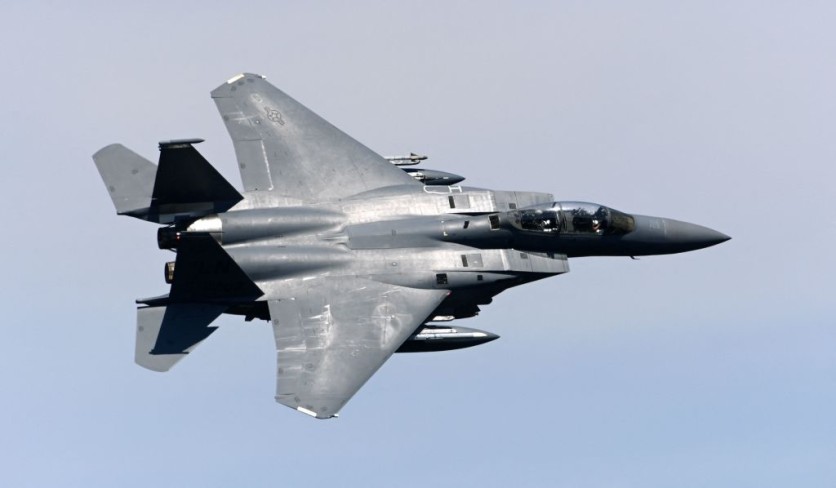Another successful flight test was accomplished by the collaborative Hypersonic Airbreathing Weapon Concept (HAWC) of the US Air Force and DARPA. With its Aerojet Rocketdyne scramjet, the Lockheed Martin missile version completed a program that met all of its original goals, per DARPA's press release on Jan. 30.
The HAWC's last flight test provided crucial information for the development of hypersonic technology being carried out by the Air Force Research Laboratory (AFRL).

"Most Successful Hypersonic Airbreathing Flight"
"This month's flight added an exclamation point to the most successful hypersonic airbreathing flight test program in US history," Walter Price, an Air Force deputy for the HAWC program, said in a statement.
He noted that what they learned in HAWC will help the US Air Force expand its capabilities.
The Lockheed Martin missile reached speeds greater than Mach 5, with altitudes larger than 60,000 feet and ranges greater than 300 nautical miles. The most recent flight showed enhanced capabilities and performance, according to DARPA.
Two plausible hypersonic airbreathing missile designs from Lockheed Martin and Raytheon have been added to the country's hypersonic portfolio and will remain in development over time.
According to Andrew "Tippy" Knoedler, the HAWC program manager, a new generation of hypersonic engineers and scientists was produced thanks to the program.
"HAWC also brought a wealth of data and progress to the airbreathing hypersonic community. The industry teams attacked the challenge of scramjet-powered vehicles in earnest, and we had the grit and luck to make it work," Knoedler said in a statement.
More Opportunities
Even though the HAWC initiative has completed its last phase, there is still data to evaluate and more room for the technology to advance. DARPA intends to build and fly more vehicles that expand on HAWC's innovations to continue this maturation in the More Opportunities with HAWC (MOHAWC) program.
These missiles are expected to increase the scramjet's operational range and offer technical entry points for upcoming programs of record.
According to Interesting Engineering, hypersonic airbreathing is a design feature in scramjet engines, which suck in air to combine oxygen from the atmosphere with hydrogen fuel.
Scramjet engines gather this oxygen as the airplane or missile moves. After that, the oxygen is combined with hydrogen fuel to produce the combustion necessary for hypersonic flight, which travels at a speed of Mach 5, or five times the speed of sound.
Related Article : US Air Force Admits Its F-35 Program is a Failure: Chief Staff General Suggests a Possible Solution for the Issue

![Apple Watch Series 10 [GPS 42mm]](https://d.techtimes.com/en/full/453899/apple-watch-series-10-gps-42mm.jpg?w=184&h=103&f=9fb3c2ea2db928c663d1d2eadbcb3e52)



